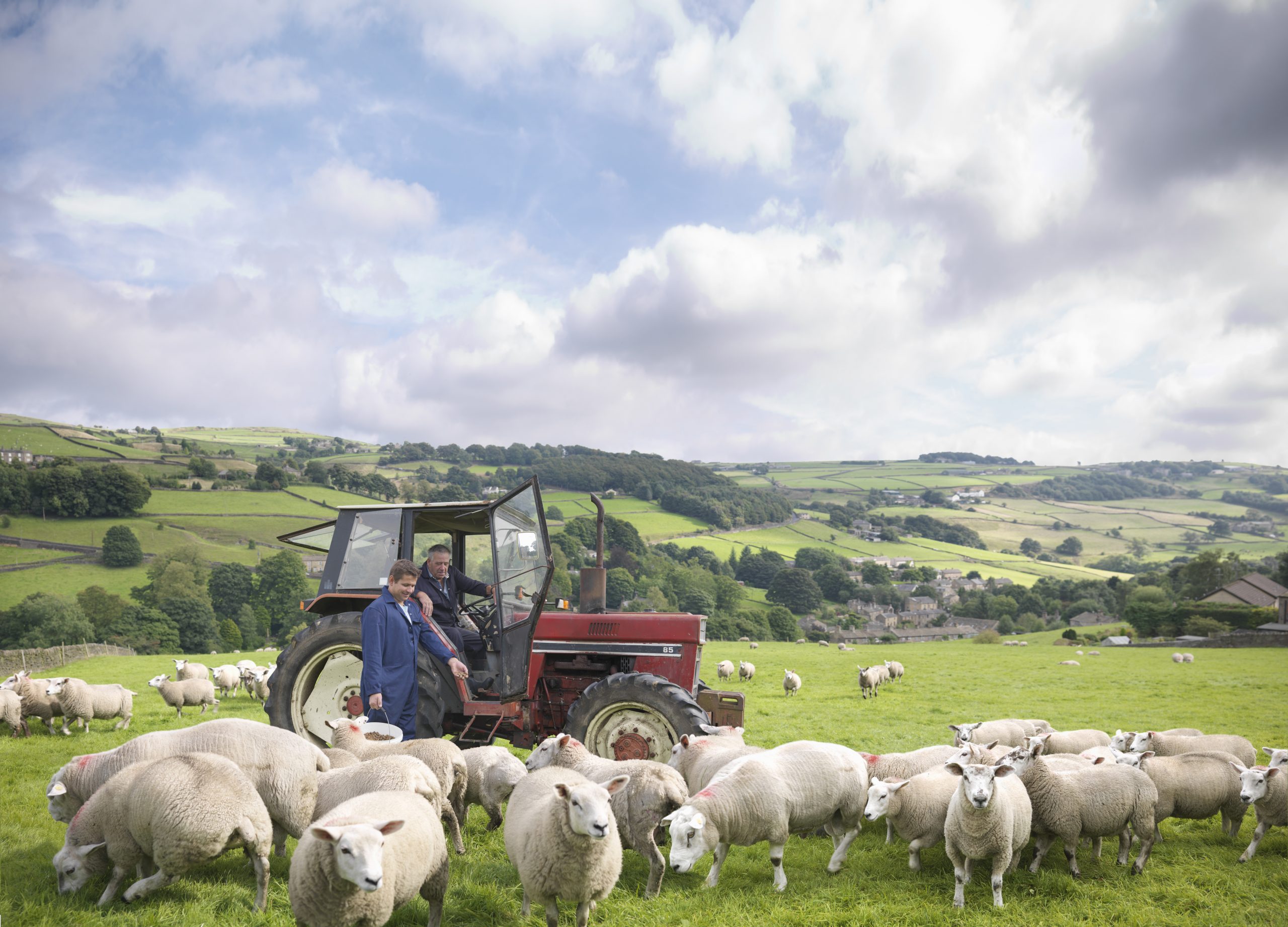Agromenes: 'Why does a Conservative Government think it’s wrong for the market to drive change? '
Country Life's columnist Agromenes ponders why the Government isn't doing more to encourage a market-based drive towards regenerative farming.


Regenerative farming is now found in every part of the country. It ranges from the fully organic to lighter regimes that reduce drastically the use of chemicals by encouraging cultivation systems that recover soil fertility.
Cover crops in the winter and livestock grazing on arable land in the warmer months are also making their contribution, as farmers recognise that the ever-increasing application of chemicals is both expensive and less and less effective.
Change is in the air and many local groups have sprung up to enable neighbouring farmers to try out different solutions and sort through the bewildering amount of information with which they are deluged.
The Government’s reform of the agricultural support system has, of course, hastened this change in attitudes, but it had been accelerating long before we decided to leave the EU and, with it, the Common Agricultural Policy.
The questioning of conventional farming methods is no longer confined to a small number on the cranky edge of the industry.
Instead, it is becoming an important element in the producer mainstream and responds well to the changing expectations of food manufacturers and retailers, who are themselves reacting to growing consumer demand.
The missing element in all this is clarity about Government policy.
Sign up for the Country Life Newsletter
Exquisite houses, the beauty of Nature, and how to get the most from your life, straight to your inbox.
"Questioning of conventional farming methods is no longer confined to the cranky edge"
Take as an example the question of the soil. The results of more efficient testing techniques suggest that modern farming has seriously reduced soil fertility; there is a widespread loss of the trace elements that contribute significantly to the nutritional value of our food; and there is an urgent need to make the land more able to take in and store carbon.
This improvement in sequestration is acutely necessary if Britain’s emissions are to reach the legally required net-zero by 2050.
Improving agricultural productivity, increasing food quality and combatting global warming all demand very similar changes in the way soil is managed. Appropriate action seems a no-brainer.
However, having made a great fuss about the freedom that leaving the EU gives us, the Government has immediately relapsed into the same old ways of delivery.
It seems to have no idea how to get an objective scheme that works effectively with the private sector and properly reflects the huge differences in soil around the country.
It favours a subsidy system that dictates what farmers should put on the land instead of the considered measure of outcomes. Inevitably, that excludes a market-based solution.
So, too, with the enhancement of biodiversity. What’s wrong with a planning reform by which developers have to prove they have purchased a commensurate enhancement of the natural world every time a housing estate or distribution centre reduces biodiversity?
Why does a Conservative Government think it’s wrong for the market to drive these changes?
In Australia, Microsoft is paying farmers to provide objective evidence of carbon sequestration so the tech giant can fulfil its pledge to offset all its emissions. Why not here?
First, we need effective transition arrangements through which Defra helps farmers to prepare for a world in which they are paid for the services they offer to industry and commerce.
Then we must refuse to accept the belief that farmers regenerating the soil or enhancing biodiversity can only be remunerated by the state.
Instead, the Government must insist that businesses pay the full price for the costs their activities incur.
Where emissions can’t be cut to nil, they must pay farmers to sequestrate the carbon they cannot avoid emitting and to replace and enhance the biodiversity their developments damage.
That would bring objective measurement and improvement, instead of the much less certain results of bureaucratic control, form filling and regulation.

Credit: Getty Images
Simon Jenkins: The new planning white paper is a domesday for development
The white paper on planning promises to license untold damage to the British landscape, argues Simon Jenkins.
Country Life is unlike any other magazine: the only glossy weekly on the newsstand and the only magazine that has been guest-edited by HRH The King not once, but twice. It is a celebration of modern rural life and all its diverse joys and pleasures — that was first published in Queen Victoria's Diamond Jubilee year. Our eclectic mixture of witty and informative content — from the most up-to-date property news and commentary and a coveted glimpse inside some of the UK's best houses and gardens, to gardening, the arts and interior design, written by experts in their field — still cannot be found in print or online, anywhere else.
-
 Designer's Room: A solid oak French kitchen that's been cleverly engineered to last
Designer's Room: A solid oak French kitchen that's been cleverly engineered to lastKitchen and joinery specialist Artichoke had several clever tricks to deal with the fact that natural wood expands and contracts.
By Amelia Thorpe
-
 Chocolate eggs, bunnies and the Resurrection: Country Life Quiz of the Day, April 18, 2025
Chocolate eggs, bunnies and the Resurrection: Country Life Quiz of the Day, April 18, 2025Friday's quiz is an Easter special.
By James Fisher